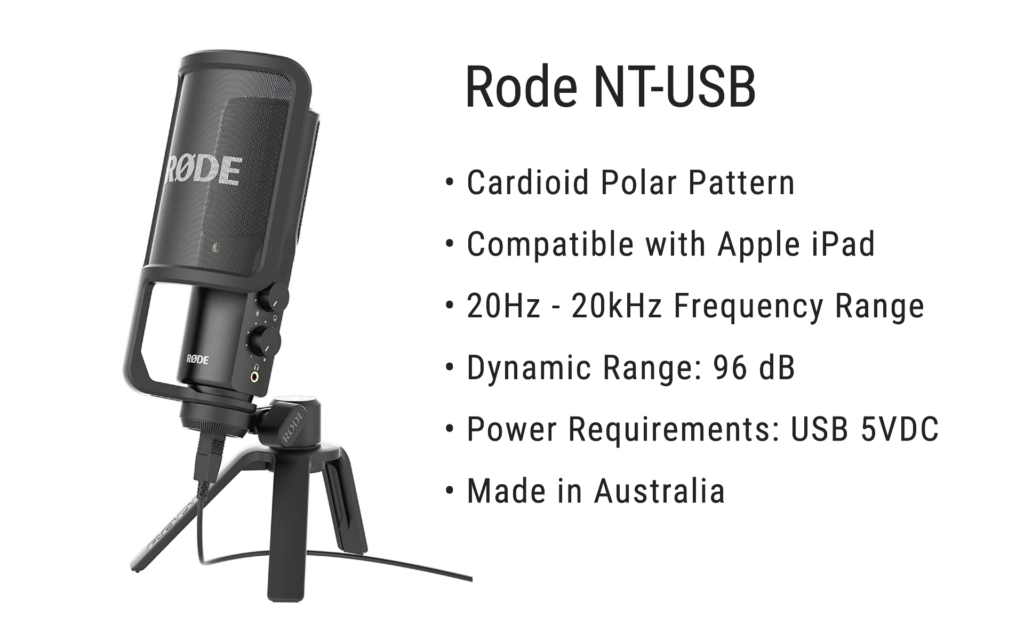So, I recently added this sexy number to my collection:

This is my first microphone, so a considerable amount of research went into what distinguishes a good microphone from a less-good one.
I thought I’d share what I learned with you. Sound good? Then here we go.
Types of Mics
The two main varieties are the condenser mic and the dynamic mic. There are also a few varieties like the ribbon mic, but if you’re buying one of those, you already know WAY more about mics than I do – or at least have plenty of money to burn.
There’s many sub-types of these two, but the differences essentially boil down to this:

Polar Patterns
Polar patterns are, simply put, the way the mic picks up audio. As with the type of mics, there are three main types: Omnidirectional, Bi-Directional/Figure-8, and Cardioid.

Omnidirectional mics capture sound evenly in every direction. This increases the risk of unwanted sounds getting captured, but works great for a round-table discussion.
Bi-Directional mics capture sound to the front and back, but not on the sides. Ideal for face-to-face interviews.
Cardioid mics are generally ideal for recording instruments, because they pick audio primarily from the front, and less so at the sides and back.
Again, there’s tons of other polar patterns out there, but these cover most uses.
USB Plugin VS an Audio Interface
Traditional mics are XLR mics – they use special patch cables that require an audio interface to plug in before they can be routed to your computer. Increasingly however, high-quality USB mics are becoming available on the market, even at lower prices.
Here’s a breakdown of what each one offers:

So, Which Did I Choose?
In the end, I settled on the Rode NT-USB. I was looking for something around the $200 price range, and at $258 CAD, the Rode was the best USB mic in terms of sound quality.
The Rode is a condenser mic, which makes it better suited for subtle nuances like vocals. It even comes with a pop shield, which helps block out the harder vowels like ‘P’ and ‘K’.
If you do buy one, my one warning is to be very careful how it’s balanced: The stand it comes with is very light, so it can fall over easily if bumped.
Want more specs? Here ya go:

Incidentally, this means that I’m finally able to record vocals! I’ll be starting slow on this one, but the plan is to get a few vocal samples into my next track. Keep your ears peeled!
Credits:
‘Free Stock Photo of Art, Audio, Blur’ by Artem Podrez from Pexels

